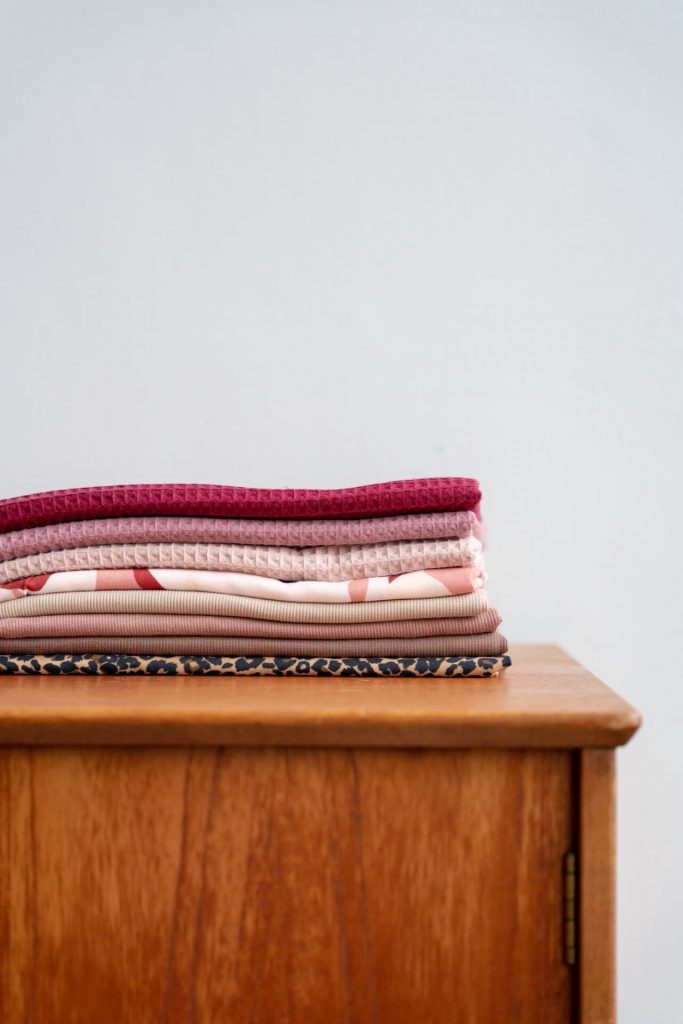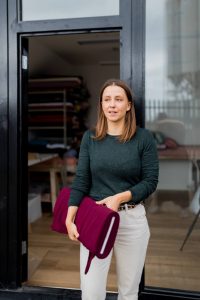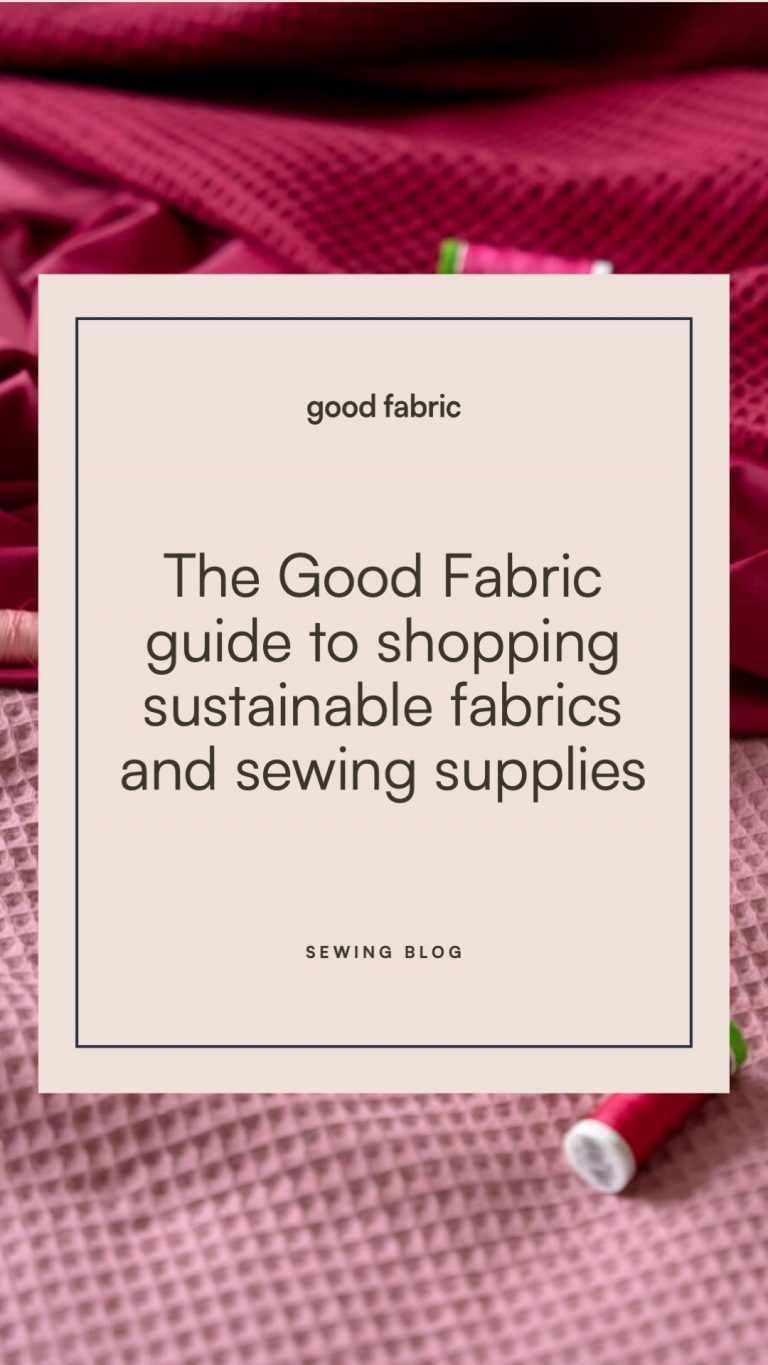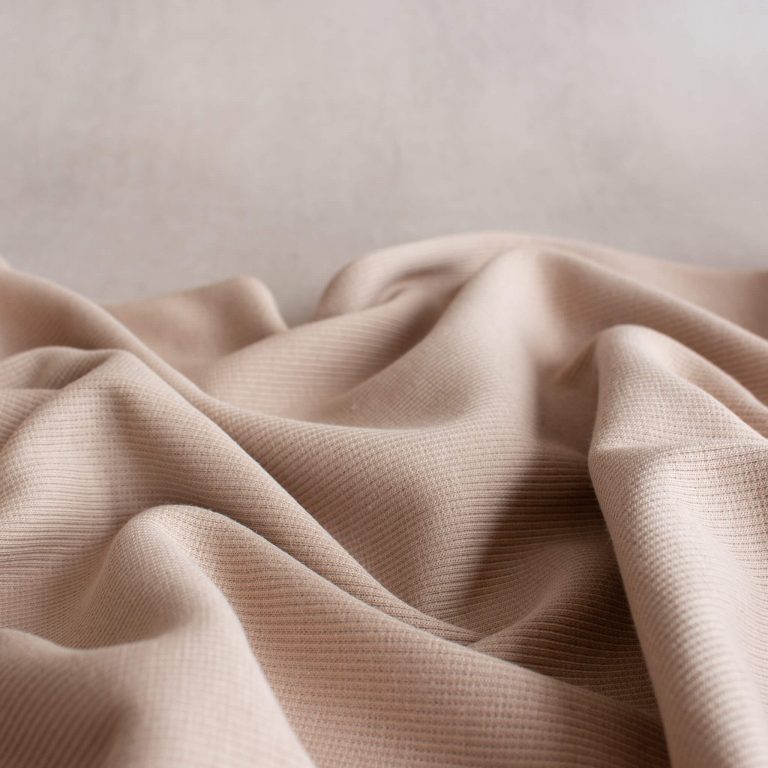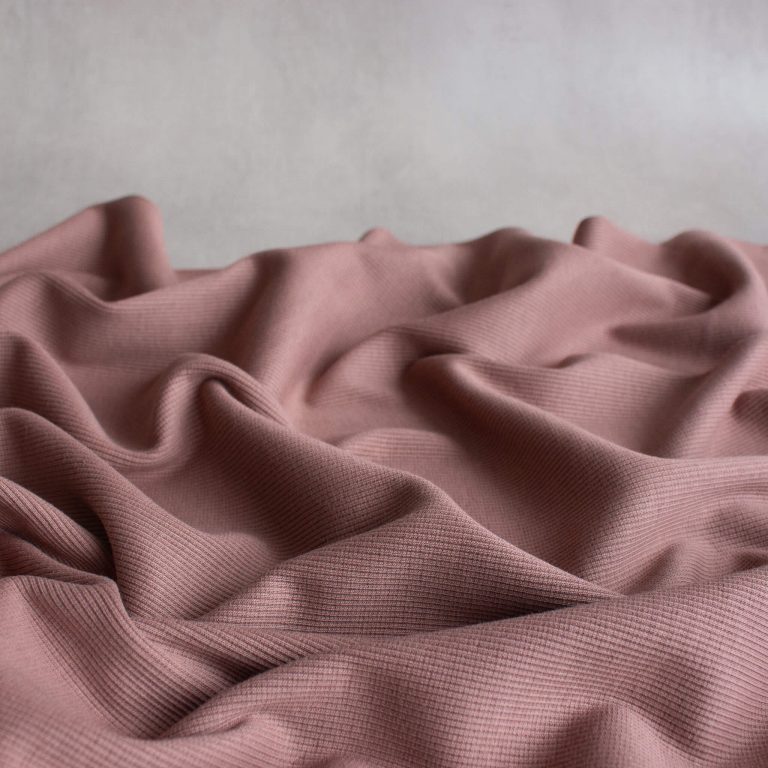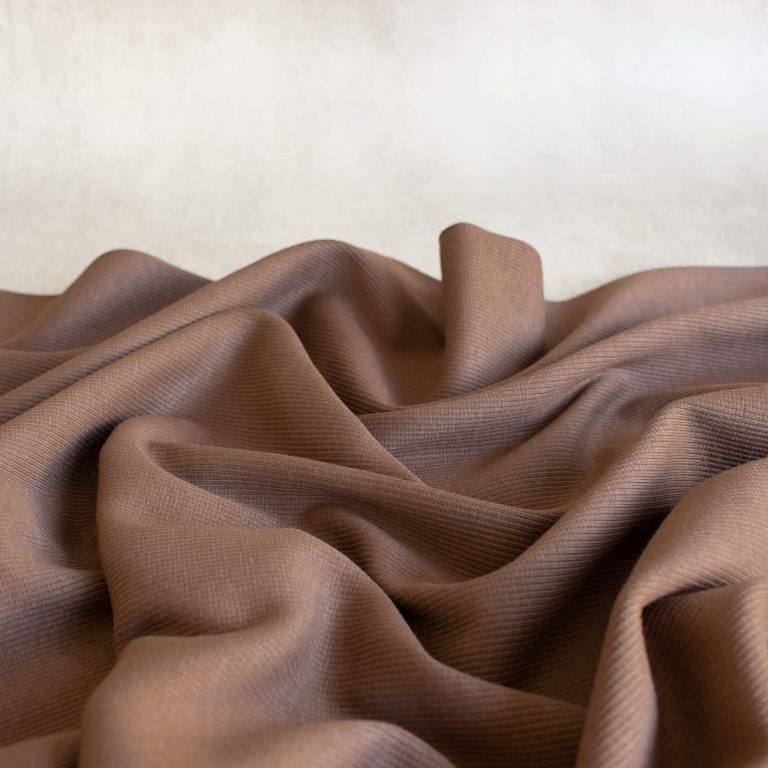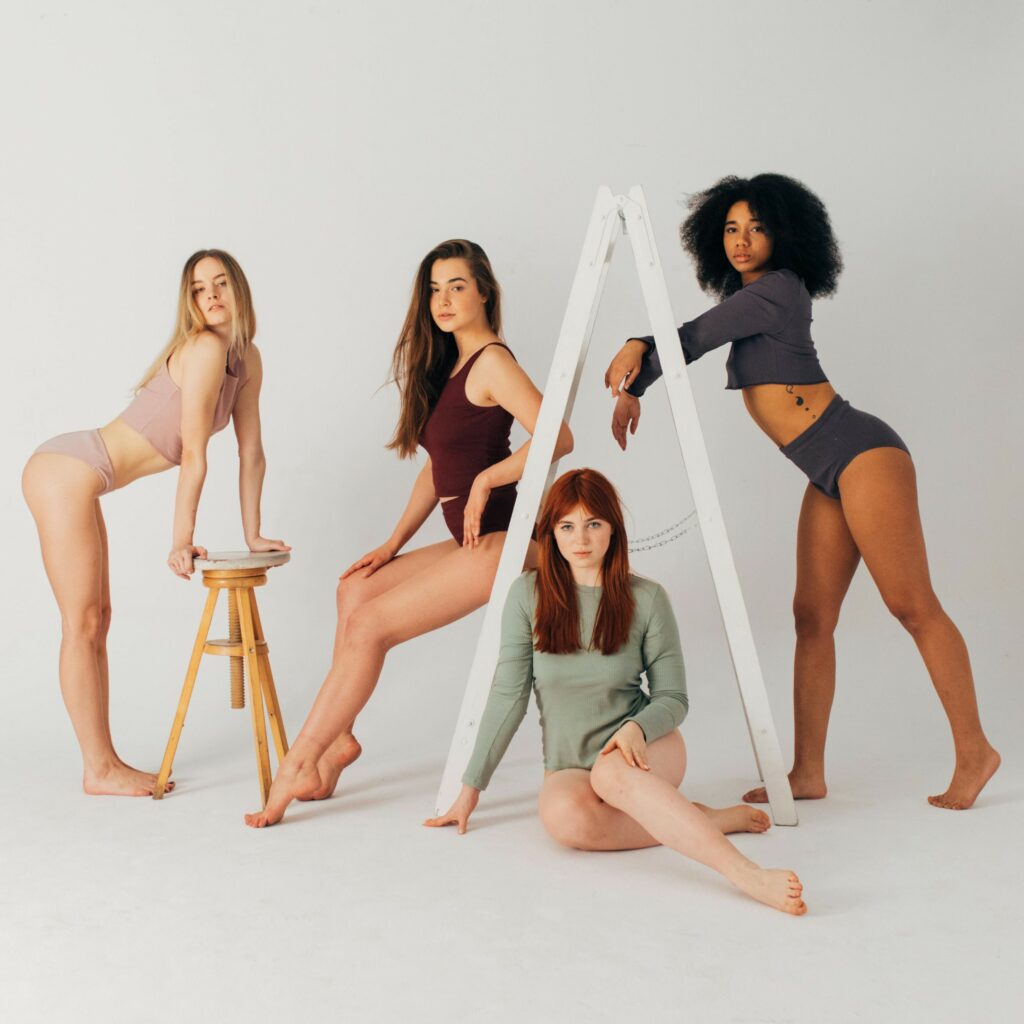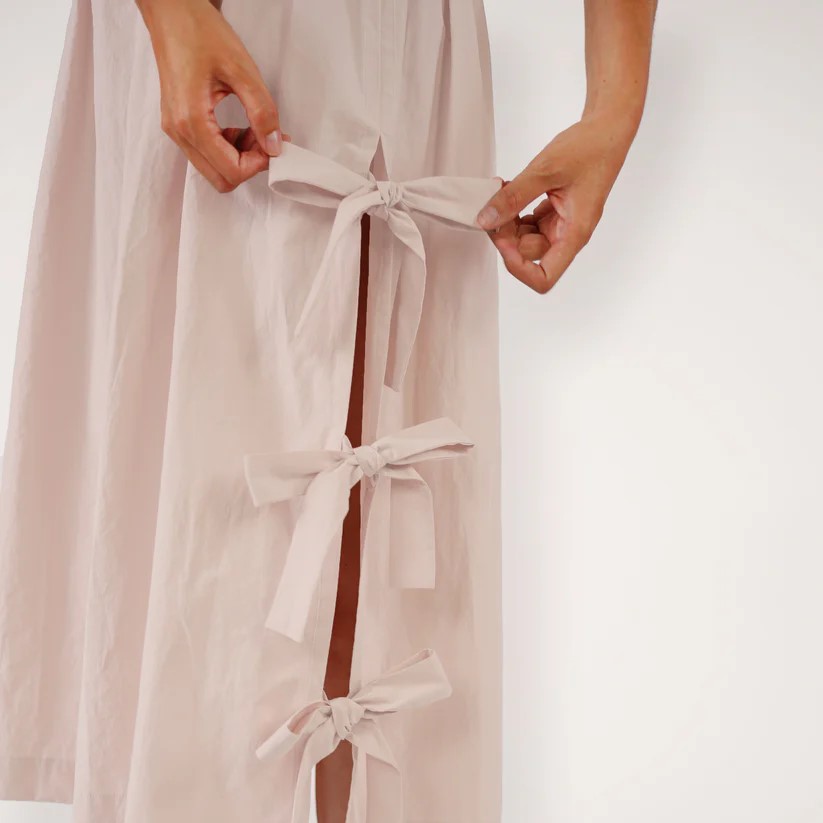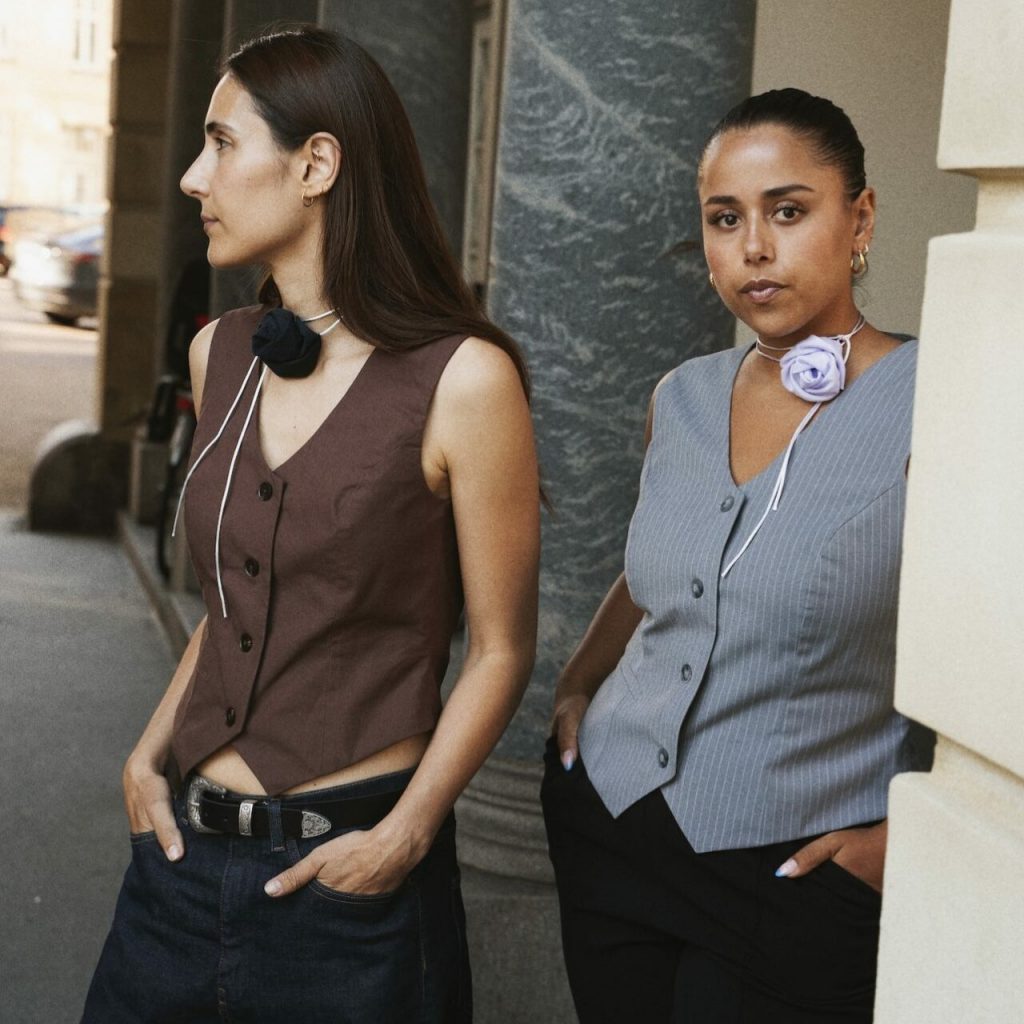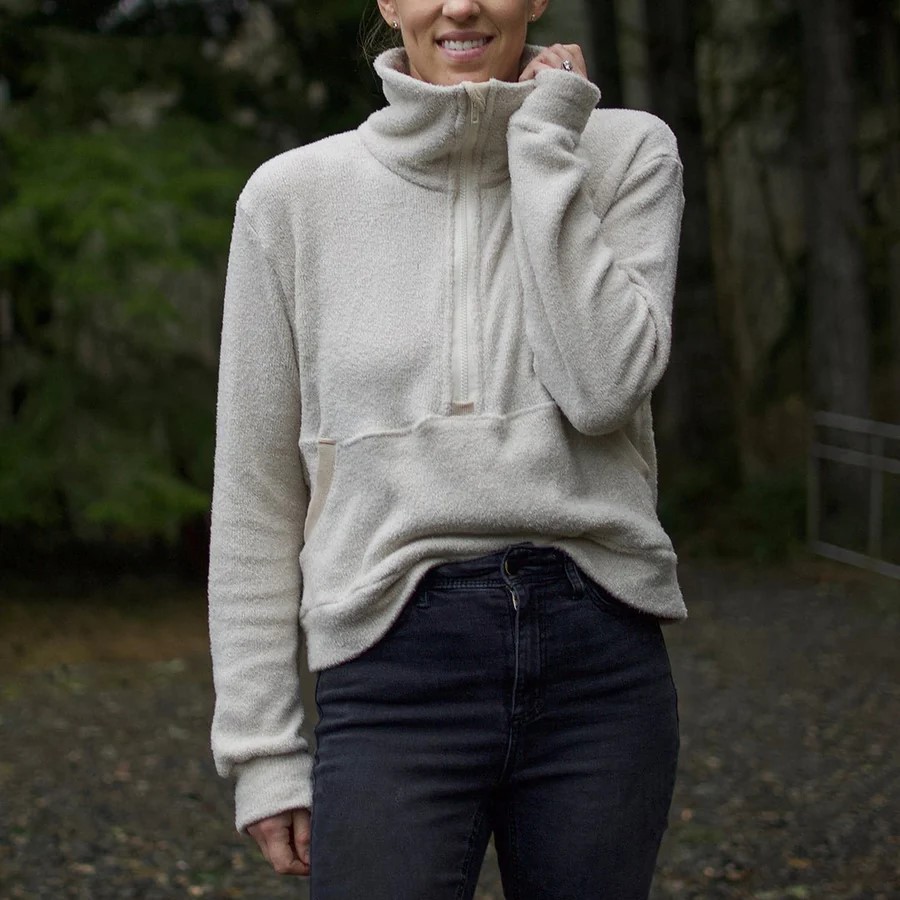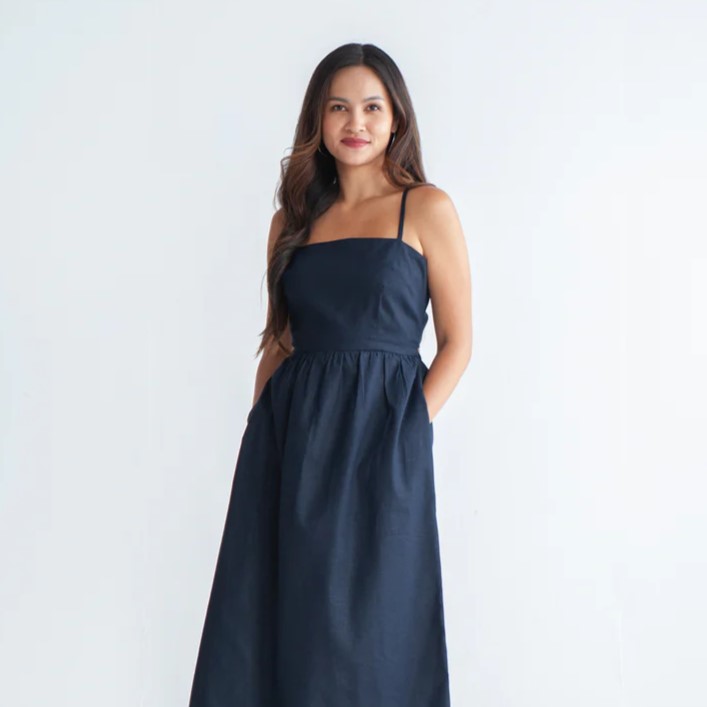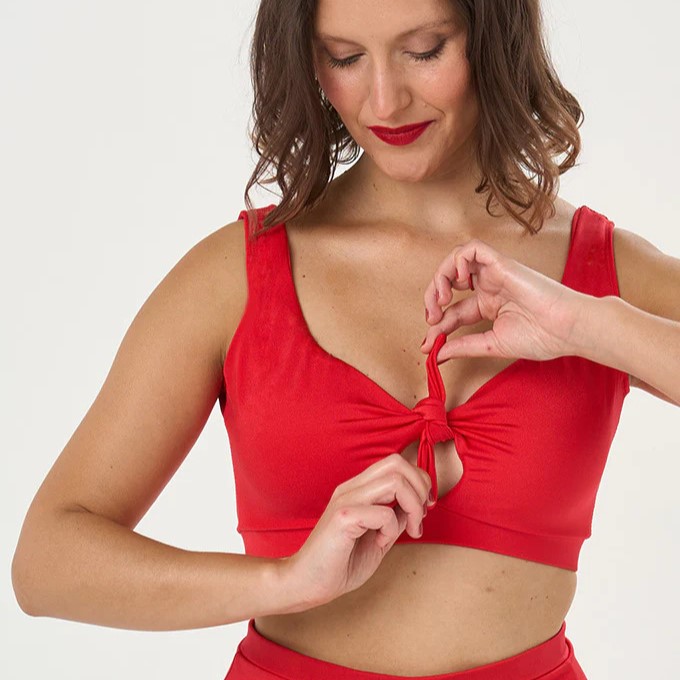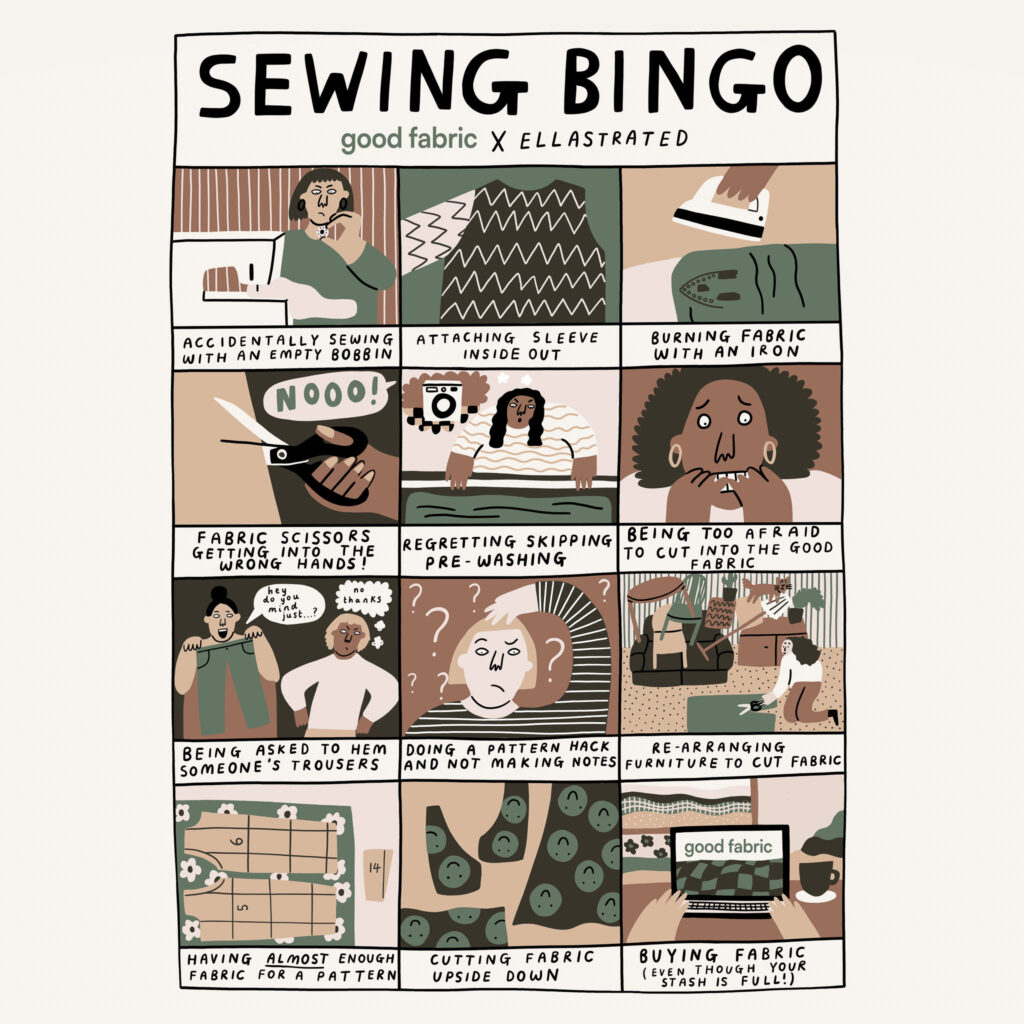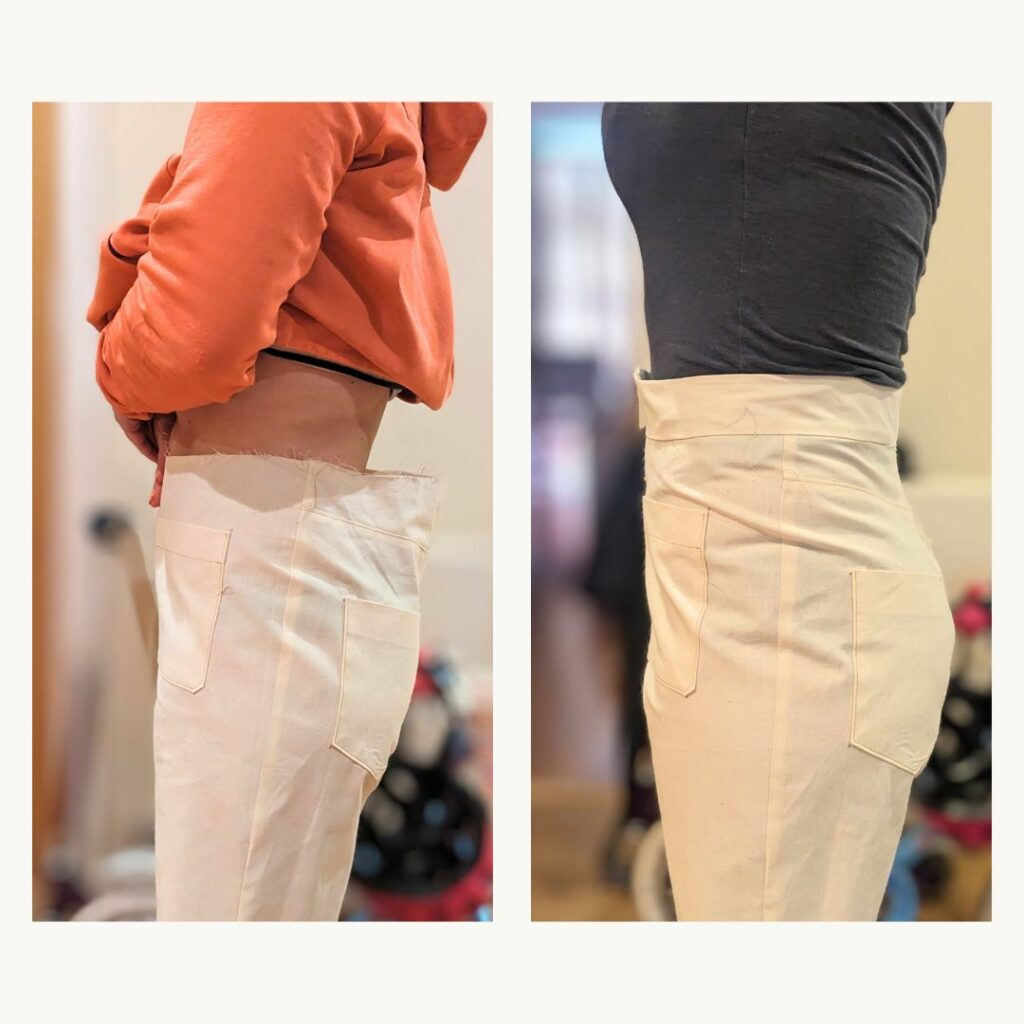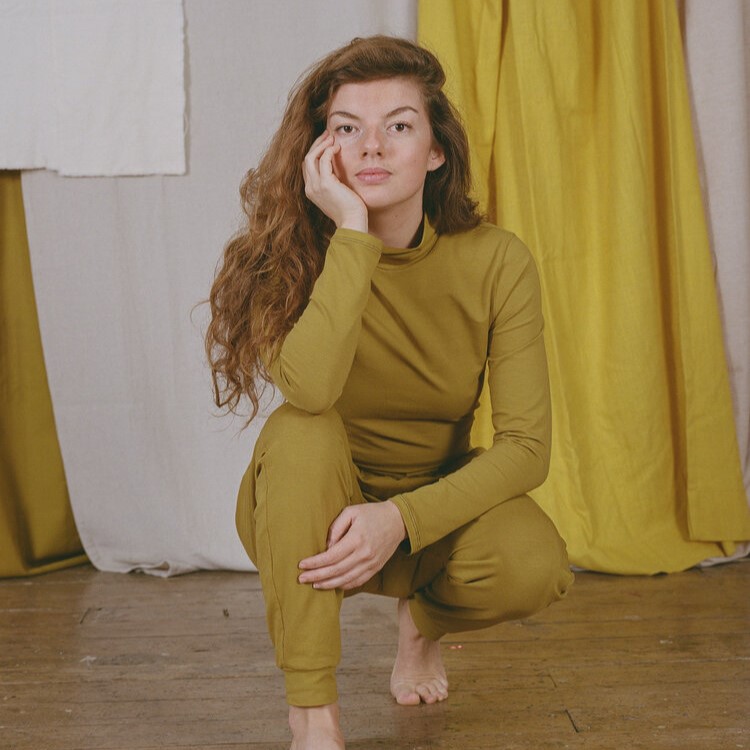We all want to look after our lovely planet Earth, and by working together we are moving towards sustainability becoming mainstream and accessible to all.
For those of us wanting to be more mindful about the clothes we wear, there’s lots of helpful information available, and there are so many things we can do to improve our eco-friendly wardrobe – top of the list is making use and taking care of the items we already own, as well as buying second hand, or buying from independent makers of sustainable clothing.
If you’re a keen sewist or DIY dressmaker, you might be considering buying some sustainable fabric to sew your own eco-friendly clothing instead. But where do you start, and what should you look out for when buying sustainable fabrics online?
We got ya, so let’s dive into the Good Fabric guide to shopping sustainable fabrics and sewing supplies.
4 easy steps to shop for the dreamiest sustainable dressmaking fabrics online
Shopping for anything online can be tricky – especially when it comes to fabrics and sewing supplies – as it can be hard to know exactly what you are going to get. When sewing your own clothing, the characteristics of the fabric you use are fundamental.
Will the colour be the same in person as it is on screen? How will it feel – will it be soft against my skin? Will it drape nicely or hold its shape?
There are a few ways that you can find the answers to these important questions.
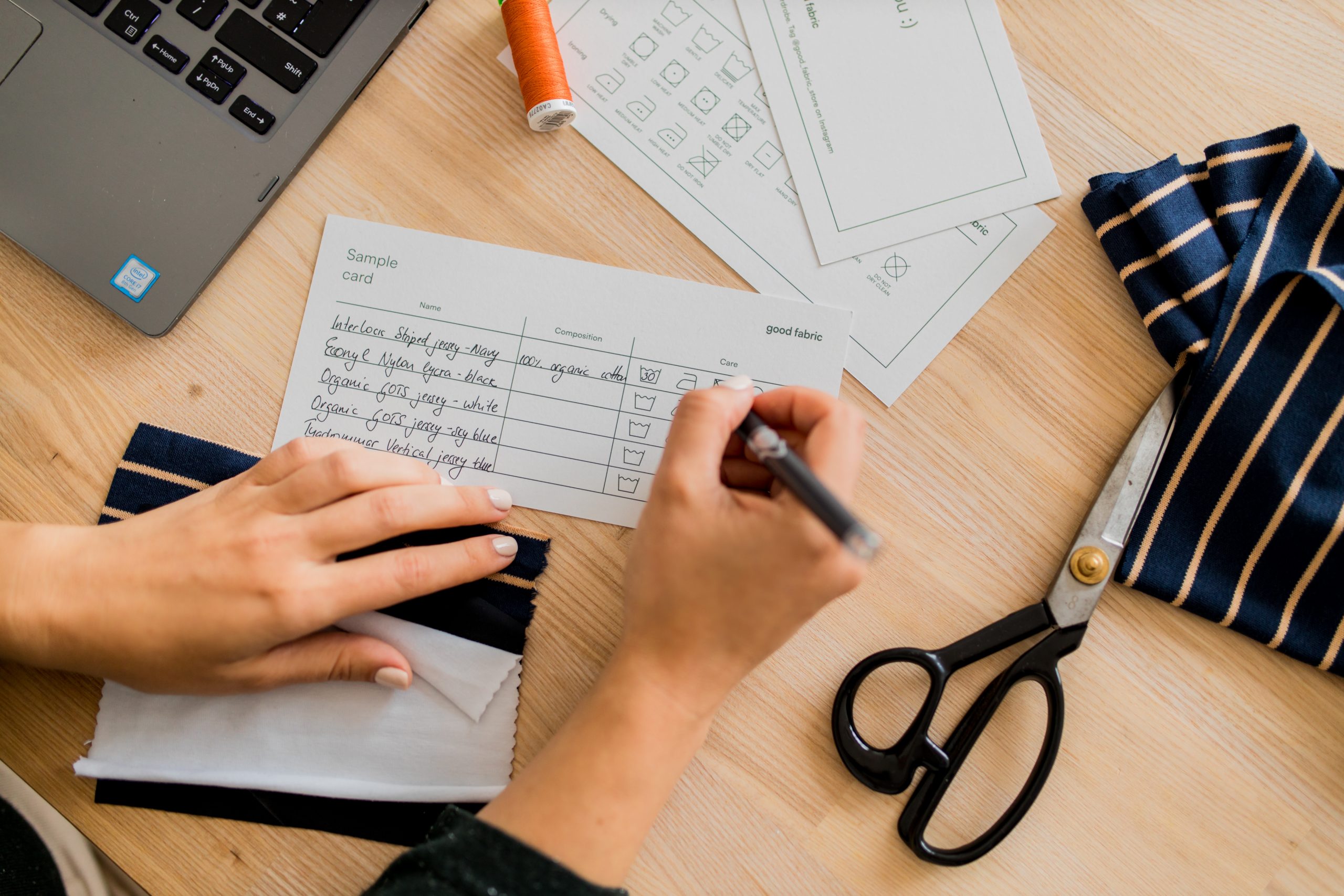
1. Swatch it up with fabric samples
Many online fabric retailers give you the option to order sample swatches. You can order up to 5 sample swatches of our super sustainable Good Fabric for 50p each, and we will post them out to you in our recycled and recyclable packaging. This way you can see and feel the fabric for yourself, and decide if it’s right for your sewing project.
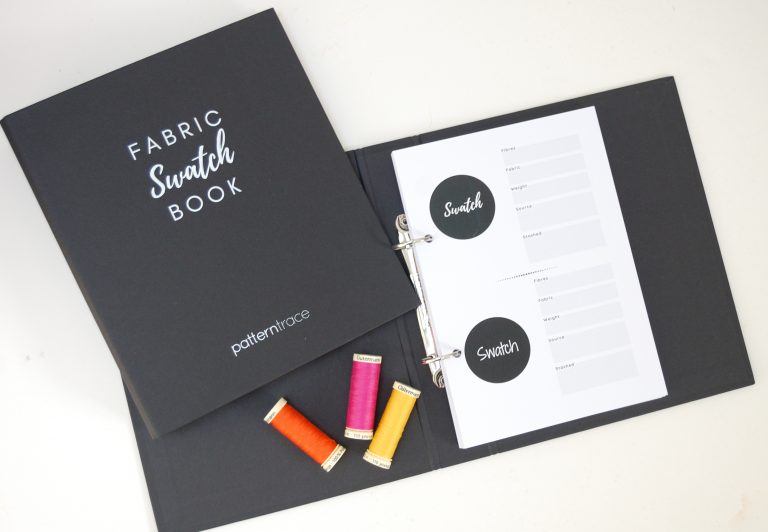
2. Compile your fabric swatches and keep ‘em handy
Make sure you keep hold of those pretty fabric swatches and samples, and keep them all together for future reference by logging them in a handy book or folder, like this Fabric Swatch Book from Pattern Trace.
With space to note down the fabric fibre composition, weight and source, you can refer back to your swatches to find the perfect dressmaking fabric for any new slow fashion sewing projects.
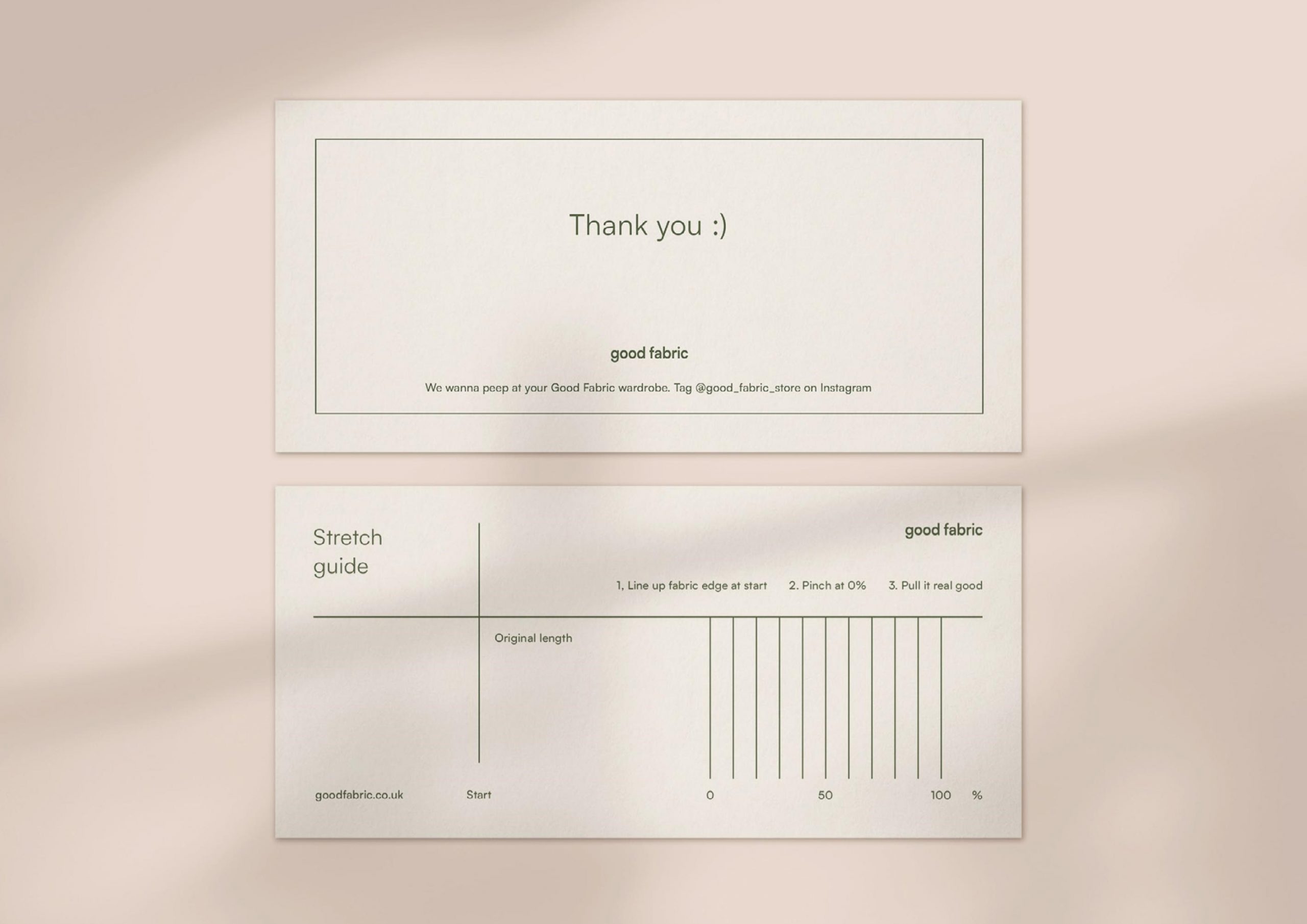
3. Use our super useful fabric stretch guide
We designed a handy fabric stretch guide, which you can find on the back of our online order Thank You cards. This helps you to measure the percentage (%) of stretch in your fabrics, which you can note down in your fancy fabric swatch book and compare to the recommended fabric for your next slow fashion sewing project.
4. Slide into your fav fabric shop’s DMs
We love getting messages from customers, and we’re not the only ones. Slide into your favourite independent fabric shop’s Instagram DMs to ask for a quick video of how the fabric moves, the stretch, and any details that might be missed in a static image.
Our customers’ video requests often end up in our Instagram Stories too, which is really helpful for other sewists and DIY dressmakers.
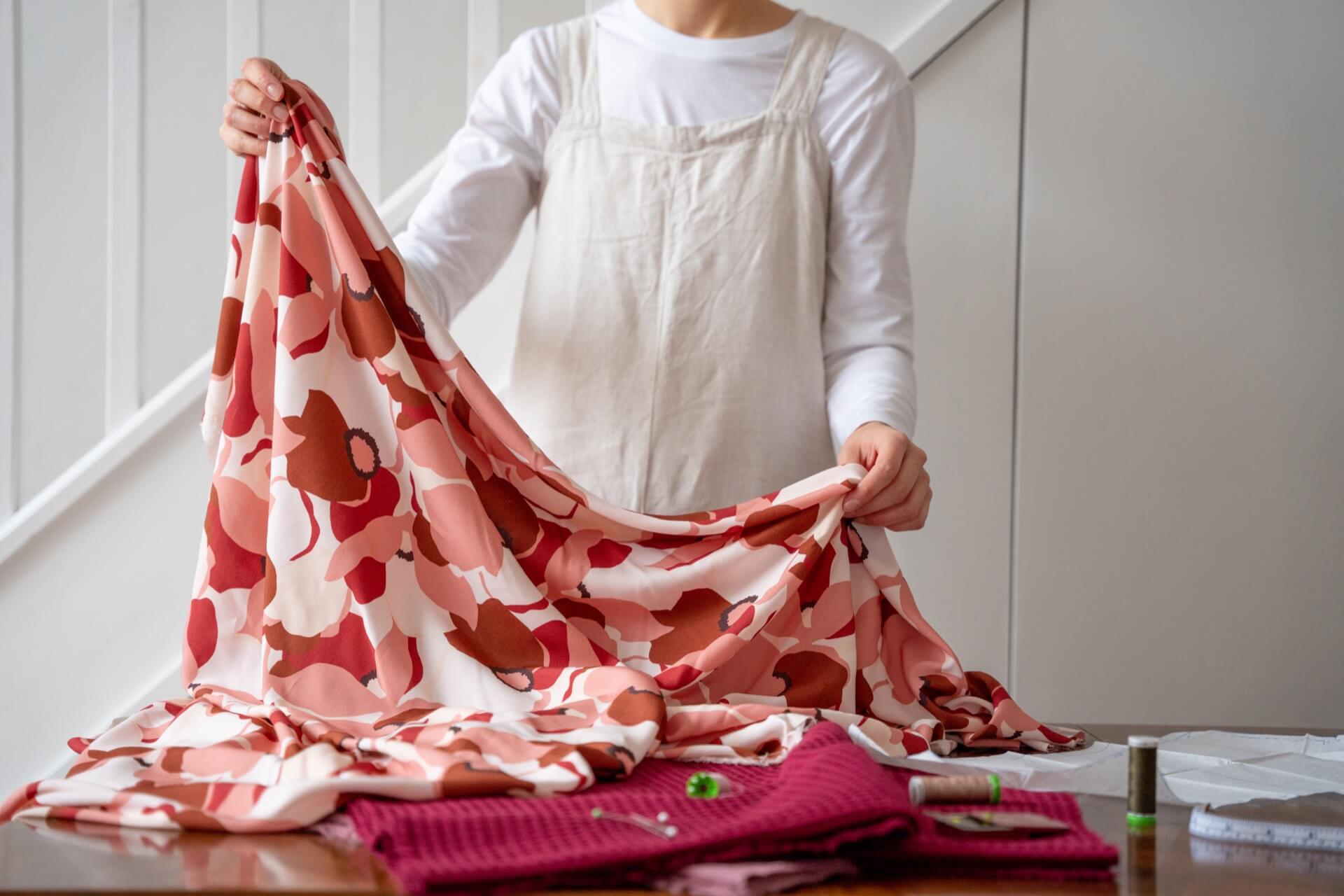
3 top tips for shopping super sustainable fabrics online
There are a few extra tidbits to consider when looking for sustainable dressmaking fabrics for your next sewing project. There are all sorts of eco credentials to figure out, as well as some fabrics being ‘better’ for the environment. But it doesn’t have to be complicated – here are a few tips for navigating the world of sustainable fabrics.
1. Get to know some of those eco credentials
From GOTS to Oeko-Tex, it can feel a little daunting figuring out what all the different eco credentials mean. Lucky for you, we’ve created an Eco Credentials Glossary, explaining the different acronyms and certifications used in the descriptions for our sustainable fabrics and haberdashery supplies.
It’s important for us to share what these terms mean for you as a sewist, instead of bombarding you with loads of confusing technical jargon.
2. Look at fabric fibres and composition
Natural fibres (like cotton, wool, hemp) are always better for both your skin and the planet. Synthetic fibres such as polyester are made from plastic and oil byproducts, and the making process can be toxic.
These synthetic fabrics also release microplastics into the water every time they are washed – although using a microplastic-trapping washbag like this Guppyfriend Washing Bag can significantly reduce pesky pollutants.
Synthetic fabrics can also be kinda sweaty, they often get smelly and feel too clingy against your skin. Natural fibres are far more breathable and kind for your skin.
Try to find sustainable fabrics that are made of natural materials such as cotton, linen, silk, wool and Tencel. Don’t fall into the trap of synthetic fabric mixes either, such as poly-cotton.
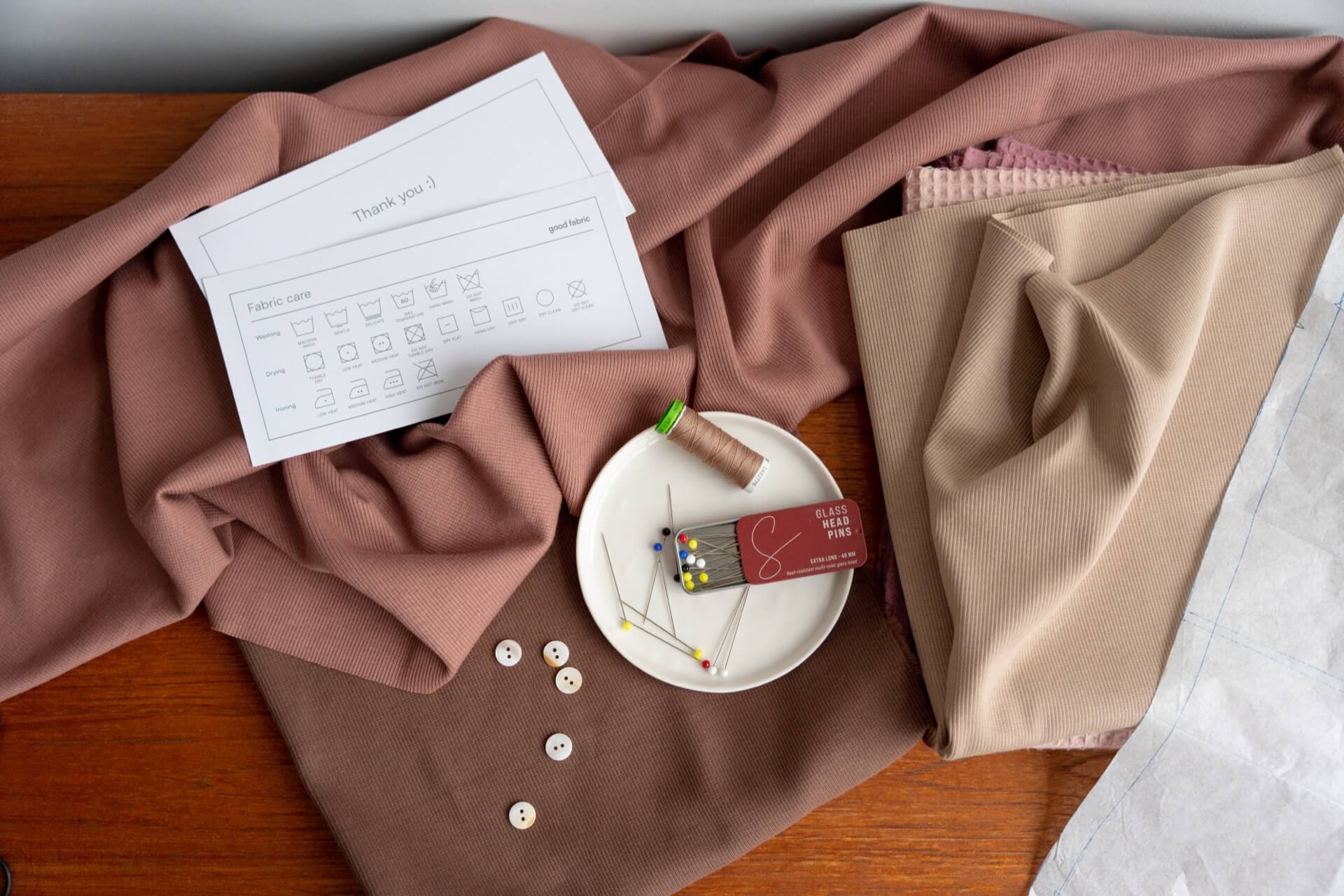
3. Do a sustainable background check
The fabric itself may be sustainable, but what is the shop you’re buying from doing to keep their carbon emissions down and reduce waste? Read their about page, see if they have any green goals they’re aiming for, and whether their sustainable ethics extend to their haberdashery supplies. A responsible fabric shop should at least be taking steps towards being a sustainable business.
At Good Fabric, we believe that there is no excuse for any craft brand not to have sustainable and recyclable packaging, whether they’re big or small. As well as providing sustainable fabrics and haberdashery supplies for your sewing projects, we’re committed to have zero plastic in our packaging.
You can read more about the steps we’re taking to be sustainable on our Packaging & Processes page.
Hopefully our tips have got your brain buzzing with ideas of beautiful garments to make from sustainable fabrics, as well as making it a little clearer on how to find what you need and shop sustainably. Nobody is perfectly eco-friendly, but it’s important to learn and make the effort to head in that direction.
If you have any other sustainable fabric shopping tips, let us know – we love to chat and we’re always willing to learn 🙂
